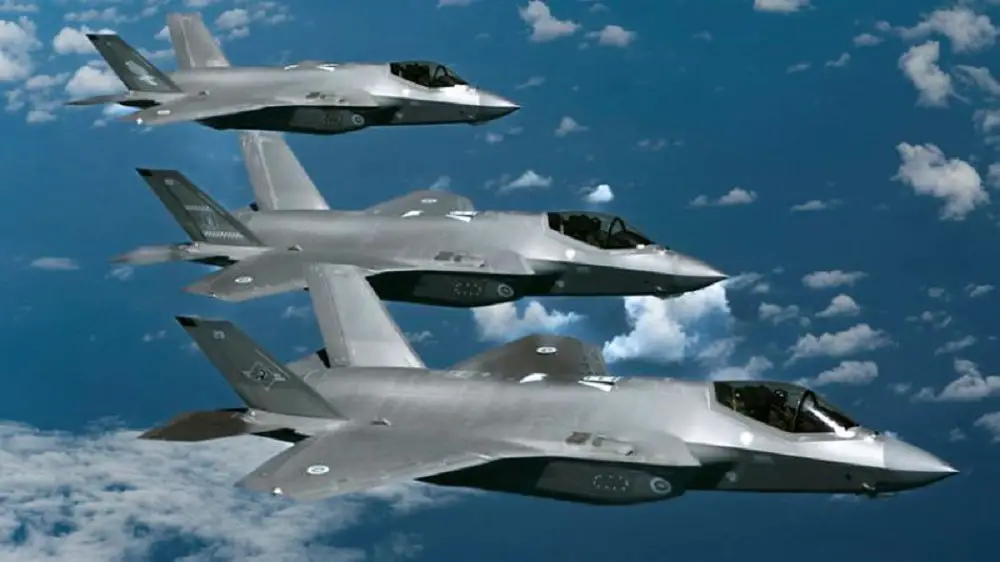The Royal Australian Air Force (RAAF) will have enhanced strike and air-mobility options across the north-east Indian Ocean through to the Pacific, thanks to large funding commitments in the 2024 Integrated Investment Program. About $28 billion to $33 billion is earmarked to bolster RAAF capabilities to support Defence’s new strategy of deterring potential adversaries from moving against Australia, as well as providing aerial surveillance of maritime approaches. More than $10 billion will go to air mobility, with a focus on acquiring 20 C-130J Hercules aircraft to replace the current fleet of 12 older-model Hercules aircraft.

An estimated $10 billion to $12 billion will continue combat aircraft upgrades to mitigate threats and maintain interoperability with partners and allies. This includes lethality and survivability enhancements for the F-35A Lightning II, F/A-18F Super Hornet and EA-18G Growlers. Capable of supersonic flight while retaining stealth, the F-35A has extraordinary acceleration, agility and 9G manoeuvrability. Growlers provides a complementary capability to the F/A-18F Super Hornet and the F-35A Joint Strike Fighter aircraft. About $5 billion to $7 billion will go to air-launched strike weapons, including the development of hypersonic missiles.

An investment of more than $4 billion will help develop and acquire uncrewed air systems, including the MQ-28A Ghost Bat. The next stage of development of the MQ-28A Ghost Bat, previously known as the Boeing Airpower Teaming System (ATS), is already approved, which will progress the MQ-28A’s integration with crewed aircraft, and the MQ-28A’s mission payloads, integrated combat system and autonomous systems. Air intelligence, surveillance and reconnaissance will receive nearly $4 billion for P-8A Poseidon sustainment and upgrades, acquisition of a fourth MQ-4C Triton remotely piloted aircraft and delivery of an MC-55A Peregrine fleet.

Much of the more than $14 billion in missile defence will go towards the joint air battle management system, airborne early warning and control systems and the Jindalee Operational Radar Network (JORN). The JORN is an over-the-horizon radar (OHR) network operated by Royal Australian Air Force that can monitor air and sea movements across 37,000 square kilometres (14,000 sq mi). JORN’s main ground stations comprise a control centre, known as the JORN Coordination Centre (JCC), at RAAF Base Edinburgh in South Australia. Northern air base infrastructure will benefit from about $6 billion, and about $4 billion will go towards bolstering resilience of fuel supplies.













